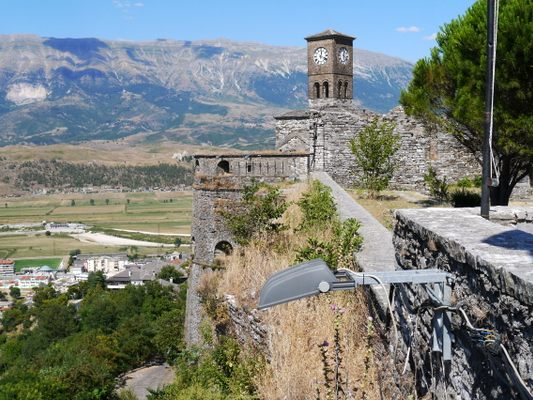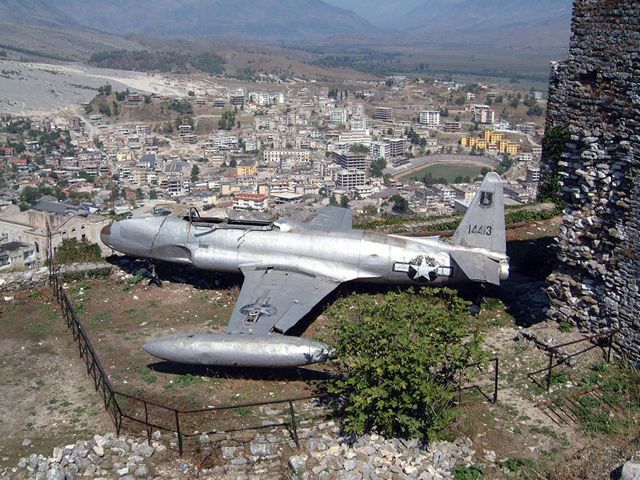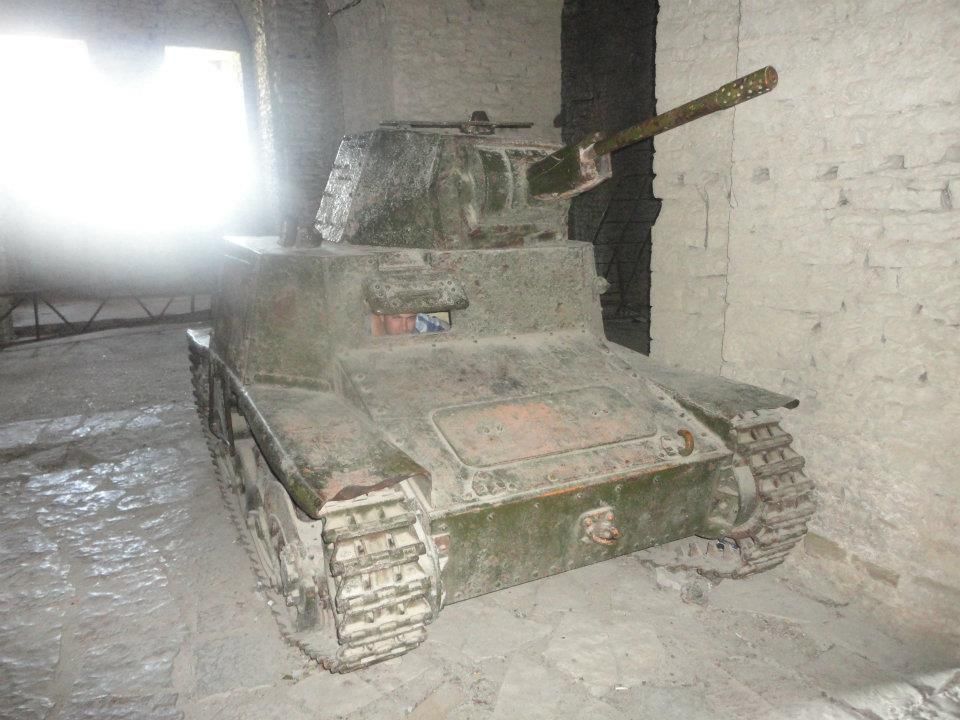About
Looming over the Albanian town of Gjirokaster, the castle that was gradually built by hundreds of years of despots and dictators now houses the aging reminders of their World War resistance to Western occupation.
Originally built in the 12th century, the castle looks markedly different than it did upon its initial construction thanks to additions provided by Albania's many political leaders. The first of the defenses were put in place by the Despots of Epirus, an off-shoot of the Byzantine government, who established the basic towered structure of the castle. Later on, while the area was under Ottoman rule, the site was extensively renovated and built upon, bringing the site to a sort of regality that it hadn't enjoyed since its creation centuries prior. In the 1800's, a clock tower and aqueduct were also added. In the 1930's the fantastically named Zog, King of the Albanians converted the fortress into a prison, adding a number of cells and fortifications to hold members of the various resistance forces acting in the country during his reign.
Today, the fort sits on top of a hill that towers over the surrounding town making it a striking monument to the grandeur of the past. The site continued to operate as a prison until 1968, and now the castle complex is operated as a historical site, including an arms museum devoted to the weapons of Albania's independence. Even outside of the museum proper the castles halls are sprinkled with abandoned World War II tanks, and there is even an American fighter plane that was shot down during the war that sits next to one of the towers as a reminder of the struggle against Western influence.
All of the dictators and war aside, the small field atop the castle roof is also now home to a concert pavilion that hosts festival entertainment each year, and is generally a more exuberant and positive place than much of the rest of the castle.
Related Tags
Community Contributors
Added By
Published
September 17, 2014

























































